AKA: Fire Dragon
Director: Chu Yen Ping
Cast: Jackie Chan, Brigitte Lin, Jimmy Wang Yu, Adam Cheng Siu Chow, Pearl Chang Ling, Paul Chang Chung, Chen Hung Lieh, Suen Yuet, Hui Bat Liu, Gam Dai, Cheng Fu Hung, Fong Ching, Fong Ching, Lee Kwan
Running Time: 90 min.
By Numskull
Mere words cannot express how bad this movie is (I call it Fantasy Mission FARCE). It has something to do with a team of people looking for World War II treasure. For the life of me I could not make sense of it. I think there’s a sequence where all the good guys have nightmares (and I had nightmares myself about what pathetic shape the Hong Kong film industry must have been in to allow something like this to get made in the first place).
Jackie’s 20-minute role must have been a favor to the director or a producer. He plays a hillbilly who wears overalls and catches chickens with his bare hands. It would have been cool if he had reprised that role and terrorized Burt Reynolds in the Cannonball Run movies (if you’ve never seen “Deliverance”, believe me, that’s a good joke). The last scene, in which many characters are mercifully killed off, has lots of dilapidated 1970s model cars lying around… quite extraordinary for a movie that’s supposed to take place during World War II, wouldn’t you say?
The downbeat ending might have been effective in a better movie, but in this case it just means that your time is through being wasted. Watch this movie if you want to take an acid trip without the acid.
Numskull’s Rating: 1/10
By Dan-O
I’m sorry, but I just couldn’t pass up a chance to dump on this movie. Lemme put it to ya this way, watching, nay, ENDURING this rancid, puke-inducing puddle of rat speudem is roughly the visual equivilant of having your legs forced apart with large wooden blocks, at which point a some steroid popping, oatmeal-brained, Bluto-esque lummox aggressivley and repeatedly smashes your testes with a well-worn aluminum baseball bat (If you happen to be female,replace the word “testes” with “lower abdomen”). This film was a huge, repulsive, quasi-radioactive, spectacurely inept, borderline troglididic, pile of high density, low brow, cant get out of your mind or off your shoe, Dog Shiiit!
Dan-O’s Rating: 0/10
By Vic Nguyen
This movie is pure crap!! I wont even bother with the story because I just wanted to express my feelings on how much crap this movie is. Compared to the other films Jackie has made over the years, this movie is a pile of trash. I cant believe I paid $2 dollars for this crap! I said it before and Ill say it again, this movie is CRAPPY CRAP CRAP! PS: This movie is crap.
Vic Nguyen’s Rating: 0/10 – Extra 1 point because Jackie is in this worthless piece of crap.
By Yummyspam
BE FOREWARNED: THIS MOVIE IS AWFUL. MAKE NO MISTAKE OF THAT.This is actually the single worst movie Jackie ever made. A terrible, terrible piece of trash, Jackie is maybe in 10 minutes of this (which may be why it stinks so much). It also features Brigette Lin (of Bride with White Hair fame), but I’m not sure who she plays. Anyway, this stuff belongs on MST3K, but for some reason, has not been there yet (I may be wrong on this). But if bad movies are your thing (and I mean BAD), this might be for you. Taking place in a retro-futuristic world of Japanese Nazi Dominance, the plot follows a dreadful made-up army officer (played by Jimmy Wang-Yu) who gathers some crooks to free a bunch of captured army generals. They run into fun stuff such as fighting amazons, badly done ghosts, and psychotic Japs. Awful, awful stuff, which should be AVOIDED AT ALL COSTS!!!!!
Yummyspam’s Rating: 0/10 Or If you enjoy TERRIBLE movies… 9.5/10
By The Great Hendu
(The following may or may not be factual, you decide, but at any rate it succinctly defines my feelings about the movie)
I surveyed 50 people and asked them this question: “Would you rather watch Fantasy Mission Force or have a frontal labotamy?” 49 people chose the labotamy. The other person already had his frontal lobe removed.
The Great Hendu’s Rating: 0/10
By Joseph Yana
First of all, this is the most unique and unusual movie I’ve ever seen. It is safe to say that the average mortal man will not understand this movie and thus will knock it. The movie itself is made in Hong Kong with the help of some supernatural forces and other things.
There is no plot, just a bunch of skits and yes, there is Jackie in there, but don’t watch it for Jackie! This movie has other fantastic actors, there is a female Clint Eastwood with a bazooka, there is a chinese Elvis, there are chinese nazis dressed in Scottish kilts and some hopping vampires here and there. A PHD in Philosophy would help in truly appreciating this monumental masterpiece. I challenge anyone in Holywood to make a movie like this!! No one can! We are lucky to live in the generation when this masterpiece was made.
Watch the movie with an open mind and dont be quick to judge the movie based on other reviews! Ask yourself: “What message is this movie giving me?” If you can answer that, You have understood this movie. I have yet met someone who understands the message this movie is sending. Remember, simple minds dismiss what they do not understand!
Joseph Yana’s Rating: 11/10
By Andrew
I’m not sure what to make of this film, but since there are so many lengthy opinions here I’ll keep this short: This film is weird. It really isn’t a feature as much as it is a series of very strange vignettes about a bunch of oddballs and their misadventures among ghosts, amazons, and a bunch of “Mad Max” type bad guys. If you want to know the whole plot keep reading: A bunch of people go on a mission to save WW2 generals they get in a fight in the end and they all die. Jackie shows up, kills the surviving bad guys, and the movie ends. That’s about it. I give this movie one point for the scene where Jackie ties up the flying woman in her outrageous clothes and kicks her and says “come on! fly!” ok, I’ve said too much.
Andrew’s Rating: 1/10
By Jim Carrey
I know how much everybody on this site bashes this film, but sometimes you just have to rent the film and see for yourself. I bought the film in a 2-pack with “Half A Loaf of Kung Fu”, and it instantly became one of the true Jackie classics in my opinion. It was actually made in 1984, not 79, because it makes comedic references to Baldy from “Aces Go Places” and Black from “Golden Queen Commando”, which director Chu Yin-Ping made right before this one. This one also has a horde or stars including Jackie, Bridgette Lin, Jimmy Wang Yu, Sun Yeuh, Adam Cheng, and Chang Ling.
It is one of the wackiest films in Hong Kong around and that’s saying something. It has comedy, lots of action, martial arts, horror, heroic bloodshed, swordplay, amazons, hopping vampires, bloody hands that hand you toilet paper, Japanese NAZIs, and 70’s American autos with campy Confederate flags with little swastikas replacing the stars, so a true and a facist artist who believes a good man is a dead man. What does this amount to?: Pure entertainment. Like “Golden Queen Commando”, also starring Bridgette Lin, the film is about a group of specialty criminals (theives, an escape artist, con artists, and a double crossing commando). Jackie and Chang Ling play a prize (well sorta) fighter and the female manager of the fighter. They’re out to save the generals of Allied forces during WW2, and also after half a million bucks.
Through a twist and turn of zany events, all characters are left dead or dying except Jackie, who has a great finale with…I won’t spoil it. The end has Jackie telling a great line to the selfish generals who won’t a ride in the jeep, but not going through hell like these brave recruits went through. If only I could see a Cantonese version, it would probably have even more scenes than in this already golden film. Also, The catchy song Sun Yeuh sings at the restraunt, was re-sung by little Kok Siu-Man in Chu Yin-Ping’s newest film “Jail in Burning Island” which is actually a sequel to the great Chu Yin-Ping film, “Island of Fire”, also starring Jackie. If possible, try to seek out as many Chu Yin-Ping films as possible, he has directed some of the greatest comedies, zany action films, and dramas of all time.
Jim Carrey’s Rating: 9/10

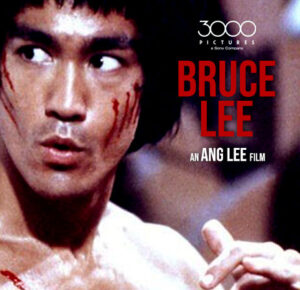



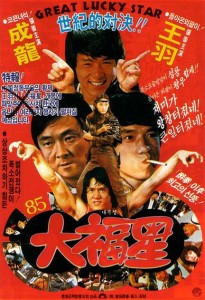
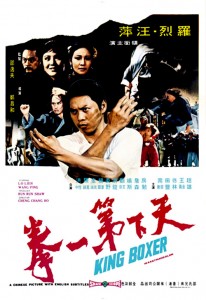

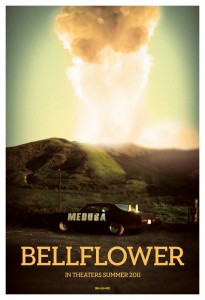
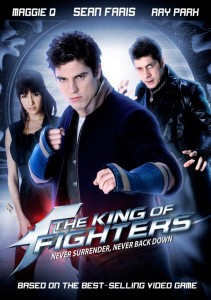
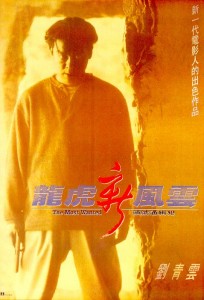
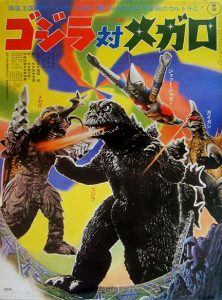
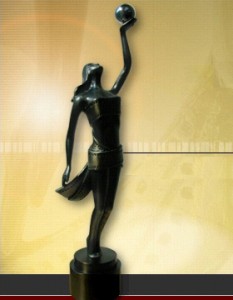
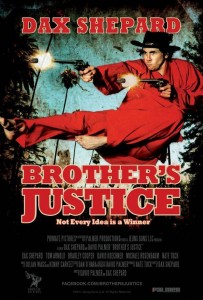
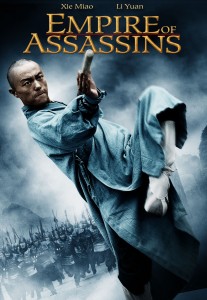
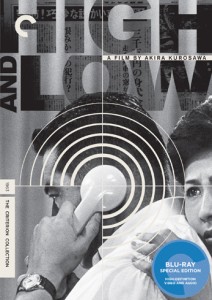

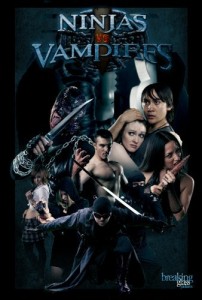

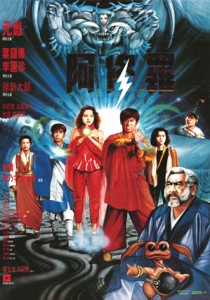


4 Comments